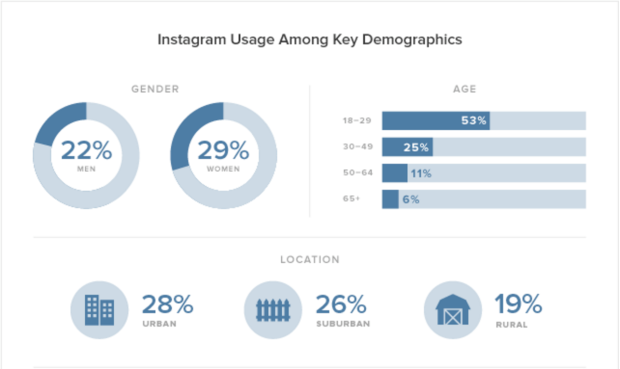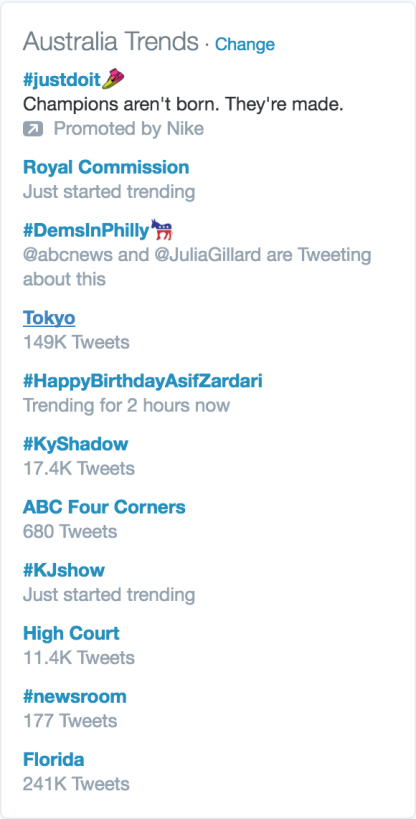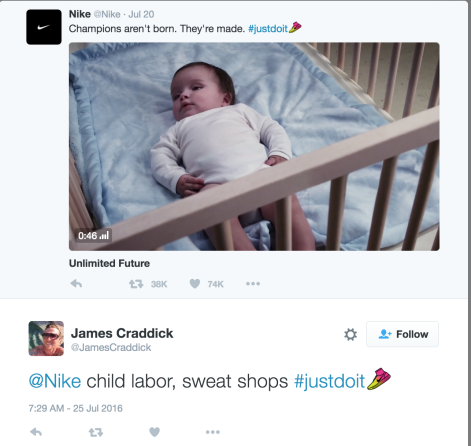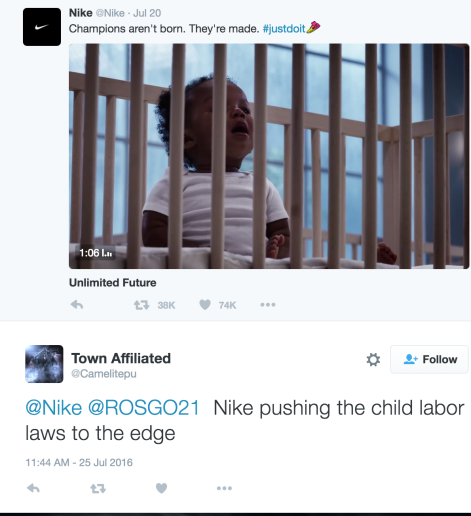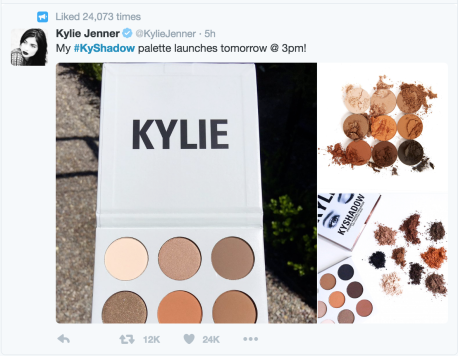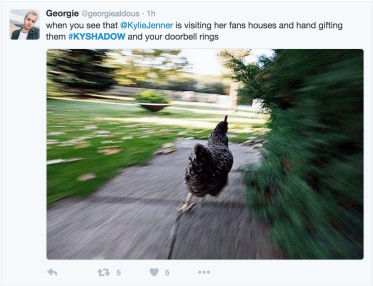What have you learned this term?
This has been my first term of university, and wow, I couldn’t have thought of a better class to take than Media Writing. It has taught (or re-taught) me the basics that I have quickly forgotten since high school.
What did you find most beneficial about the course?
The text English For Journalists has been the most valuable text book I think I have ever purchased. It not only covers the fundamentals of grammar and spelling, but it does so in a way that is engaging. The most valuable part of the course for me would be reading through the text book, and being able to apply what I have read to my work.
What was most challenging?
The biggest challenge that I faced was proofreading my work. I know that I have made many little mistakes throughout the term. Having the buddy system in place, where other students proofread your work and comment, was really helpful.
Has the course changed the way you practice or think about media writing? How/why not?
I believe I have come a long way since the start of the term. The text book English for Journalists will definitely have a permanent position on my desk, so I can easily refer to it. The course has definitely changed the way I think about media writing. Now when I read an article online I am able to apply what I have learnt during this course and ‘critique’ the article.


